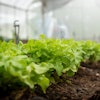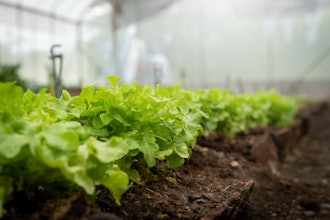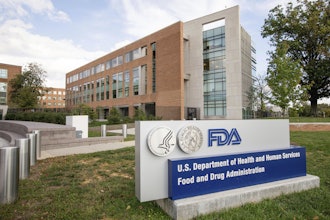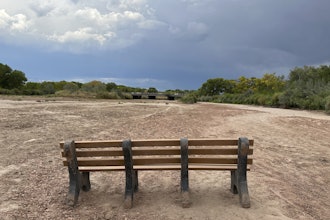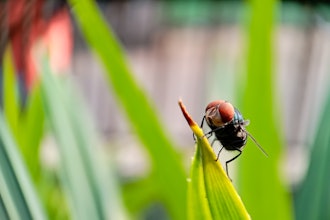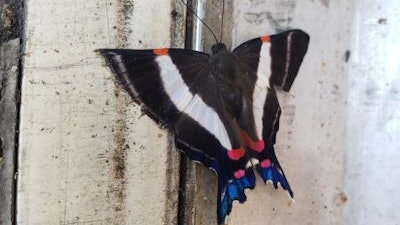
U.S. Customs and Border Protection (CBP) Agriculture Specialists discovered a butterfly larvae pest while inspecting a container of pineapples from Costa Rica.
The larvae, informally known as the Saunders 1850, was discovered while conducting inspections at the Port of Gulfport on Wednesday, September 2.
Due to the potential impact to US Agriculture, the shipment of pineapples, worth $15,000, was destroyed.
The United States Department of Agriculture, Animal and Plant Health Inspection Service officially identified the larvae as Ancyluris jurgensenii jurgensenii (Saunders, 1850) (Riodinidae) a reportable and actionable pest as well as a first in the nation find.
Larvae of the Riodinidae or Metalmark family have been known to feed on many plants i.e., pineapples, legumes, sunflowers, and ginger. Their typical habitat is Amazonian tropical rainforest. Their taxon name of Saunders 1850 comes from William Saunders, a British insurance broker, entomologist and botanist who died in 1879.
“These butterflies, while they may be attractive to the eye, have no place in the Gulf Coast or United States and their introduction could lead to unpredictable results in our ecosystem,” said Anthony Acrey, Area Port Director of Mobile.
The seizures took place within the New Orleans Field Office, which covers ports of entry throughout the states of Louisiana, Mississippi, Alabama, Arkansas and Tennessee.
During a typical day last year, CBP agriculture specialists across the nation seized 3,091 prohibited plant, meat, animal byproducts, and soil, and intercepted 250 insect pests at U.S. ports of entry.
 The Saunders 1850.U.S. Customs and Border Protection Agriculture Specialists
The Saunders 1850.U.S. Customs and Border Protection Agriculture Specialists



